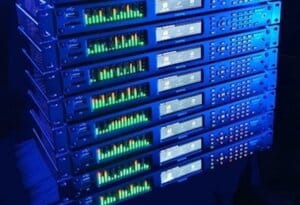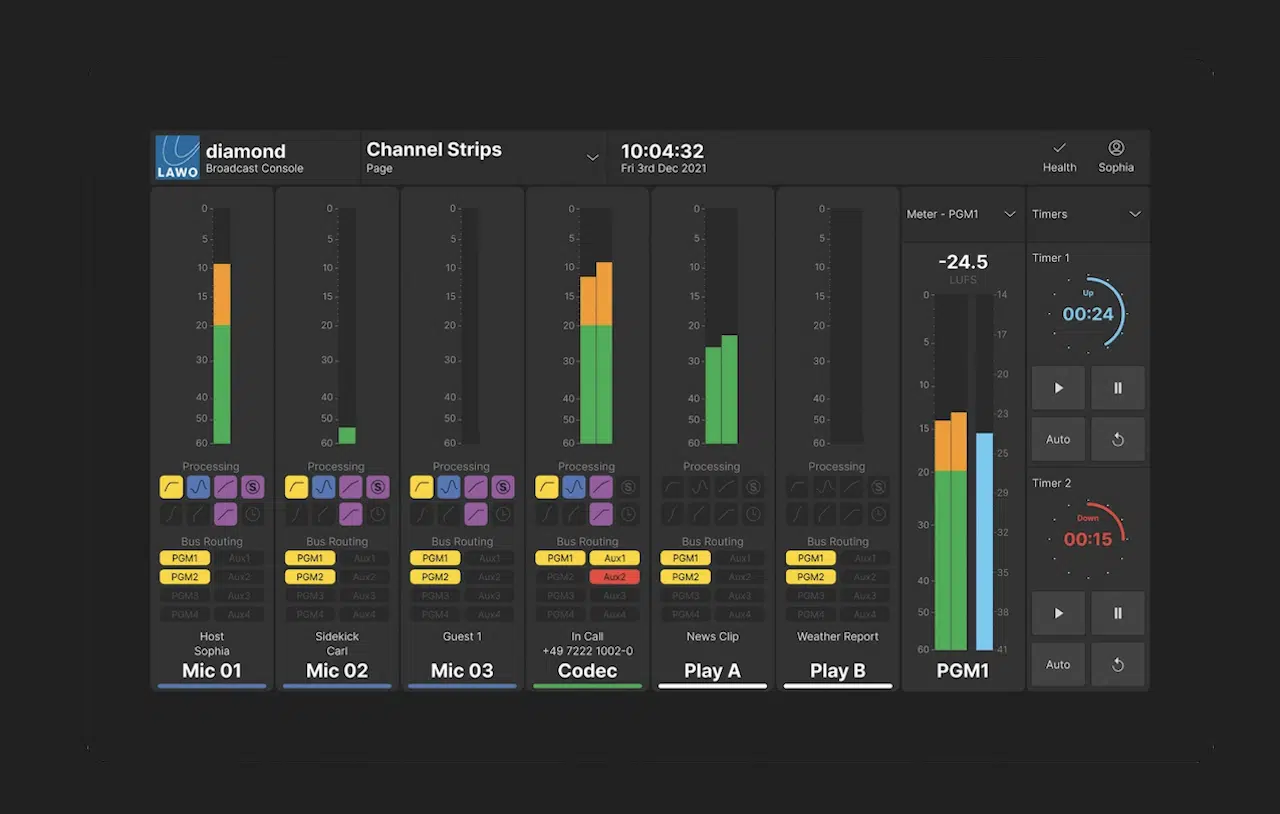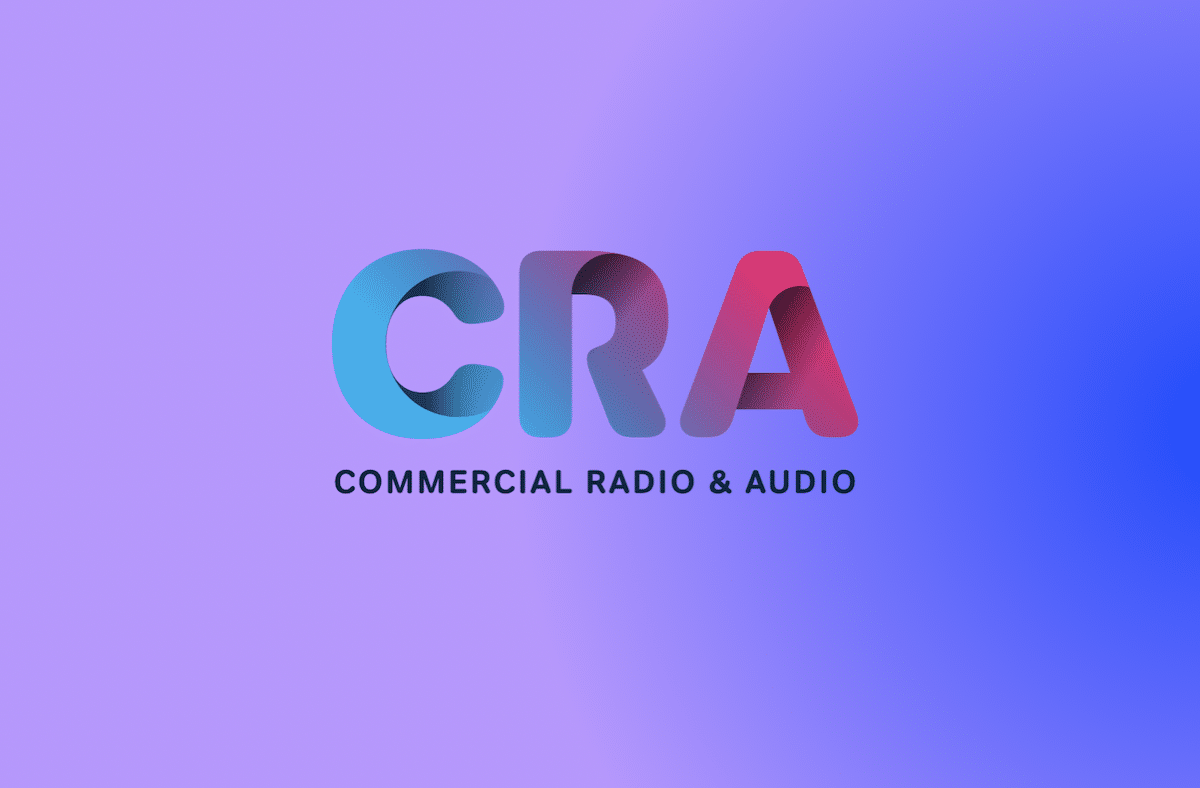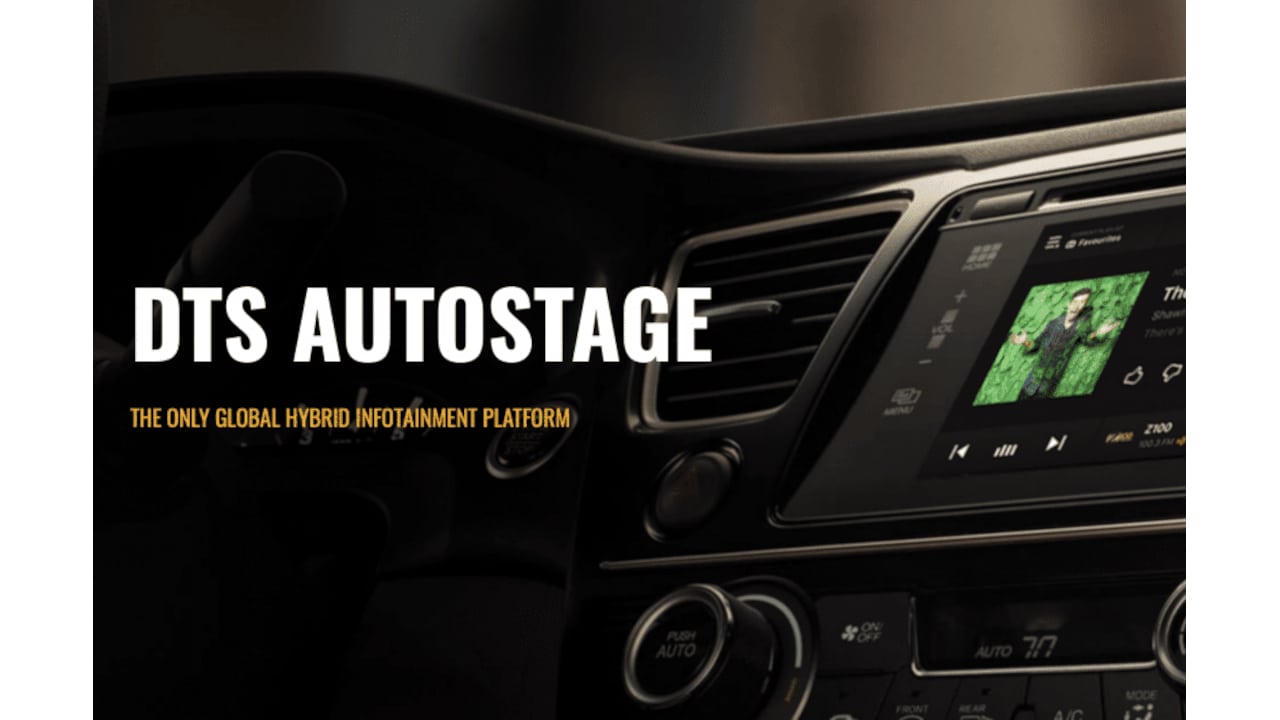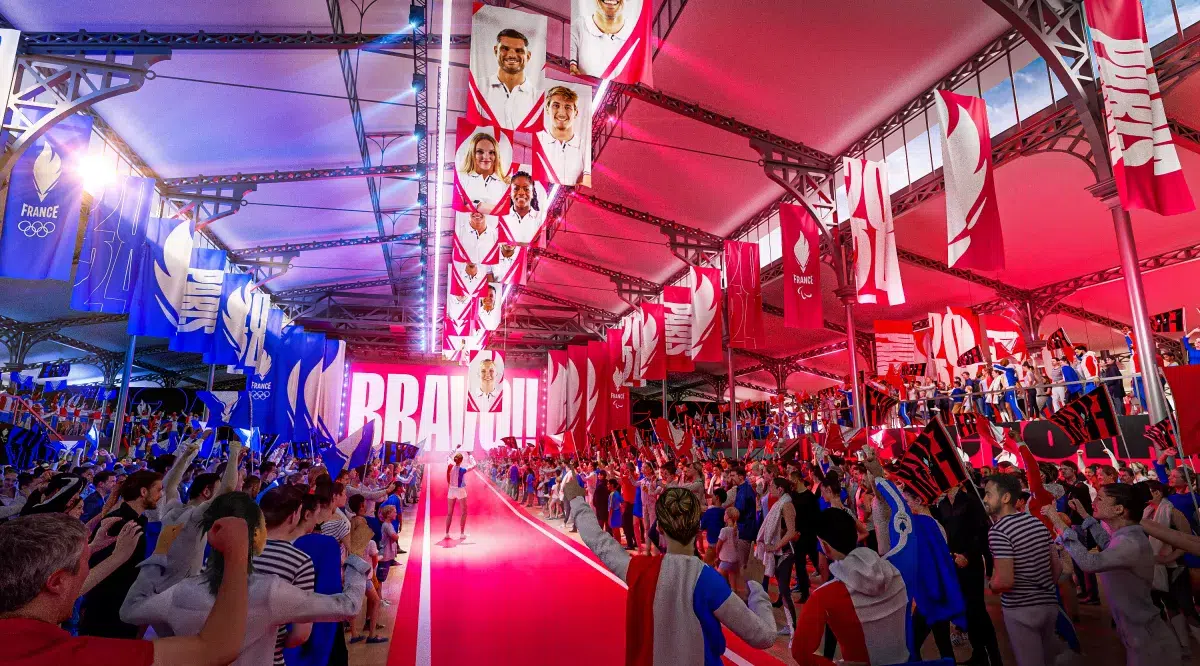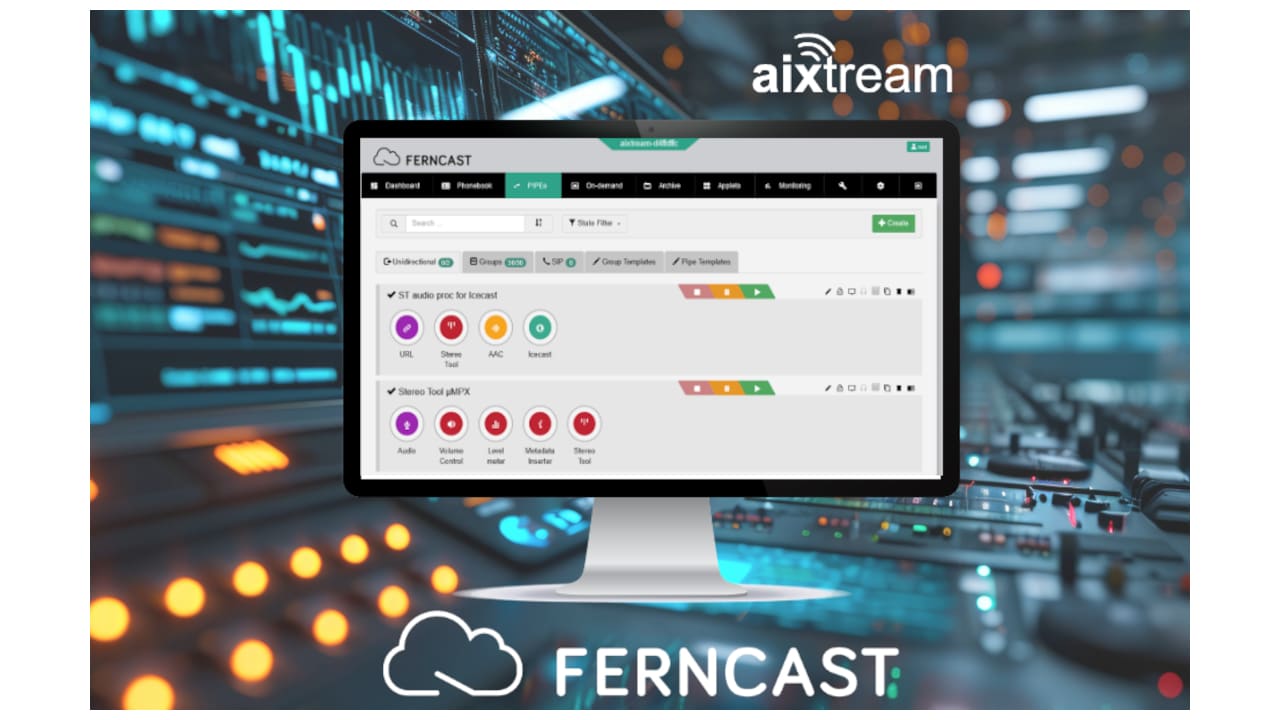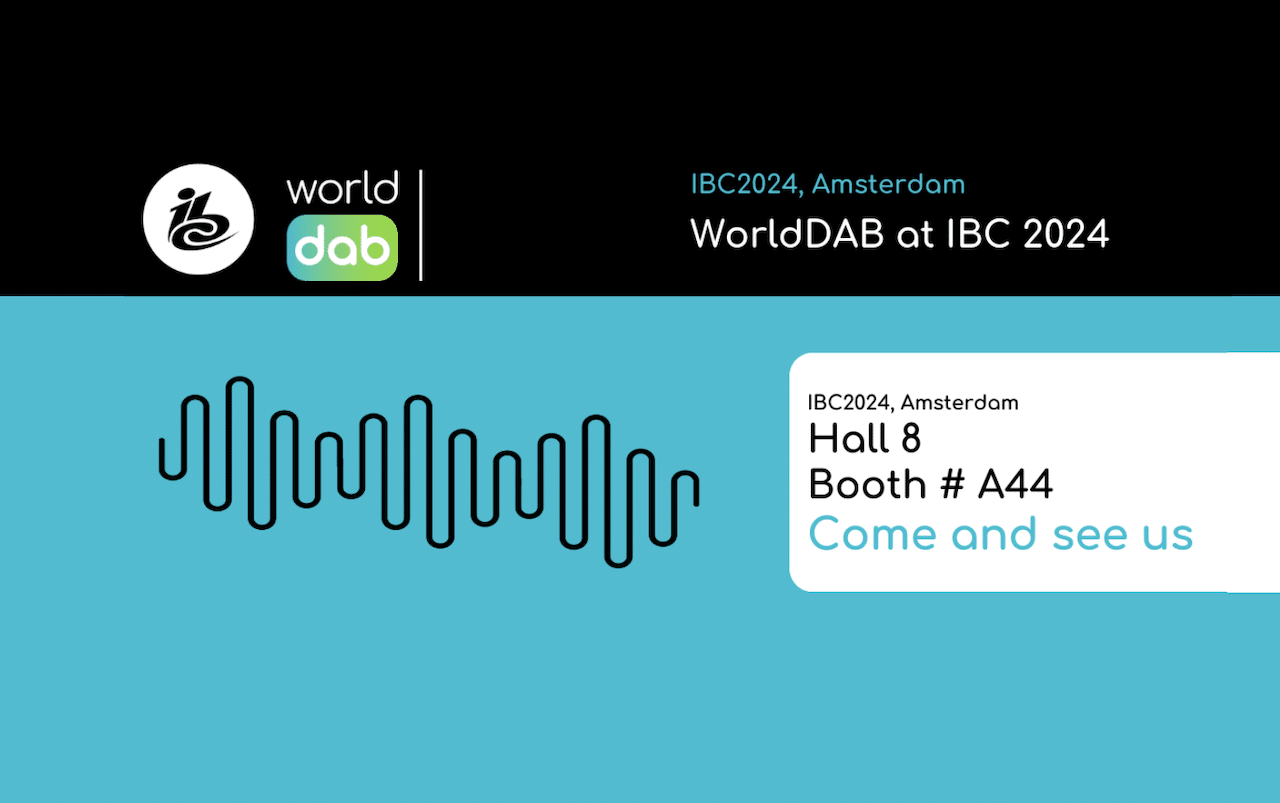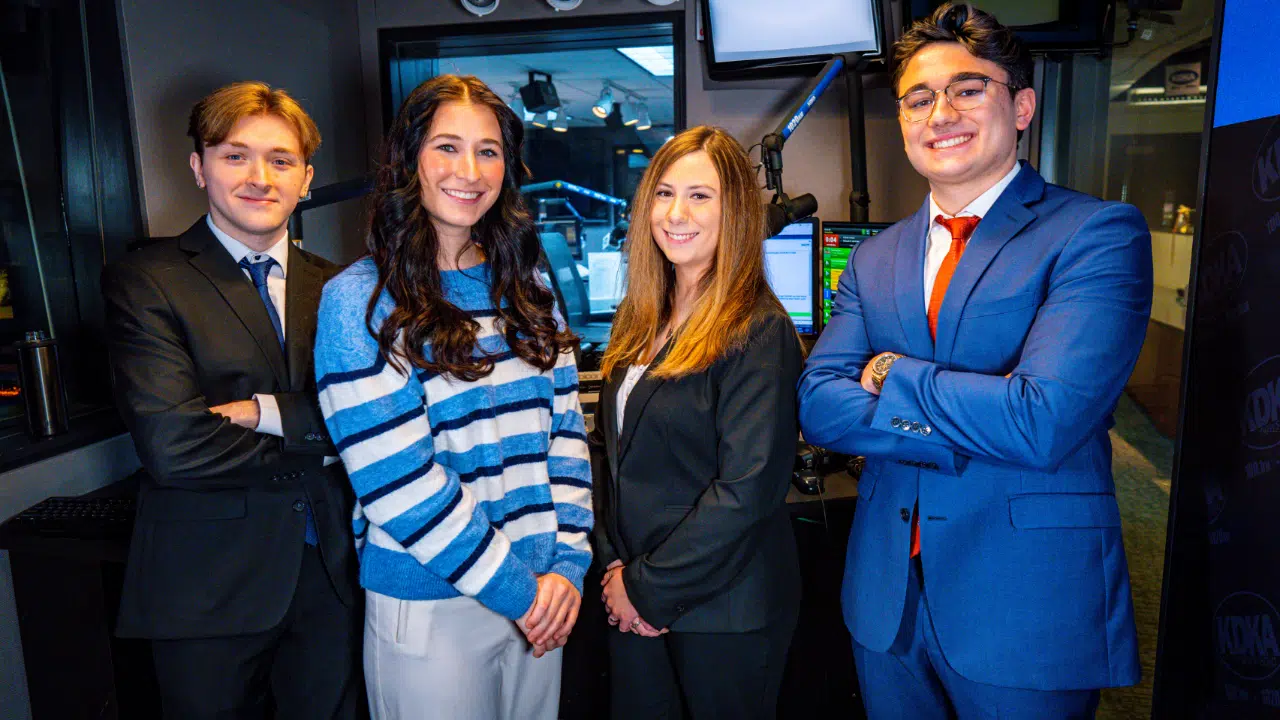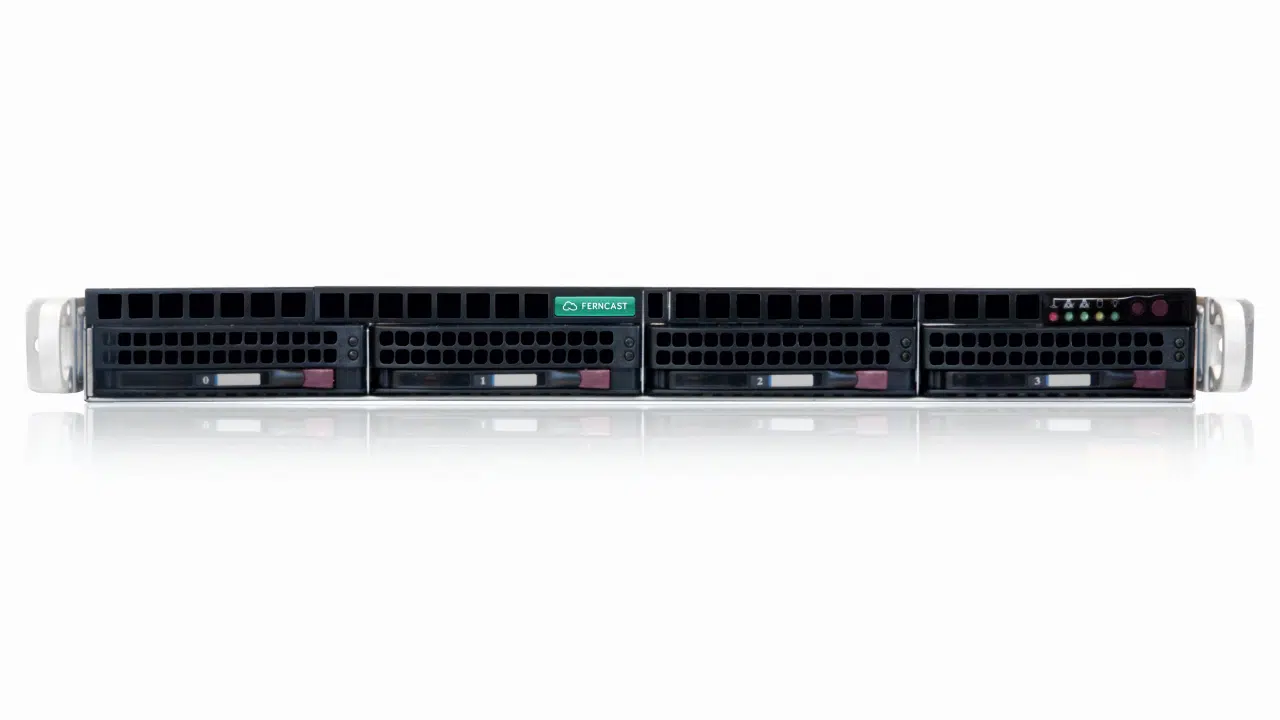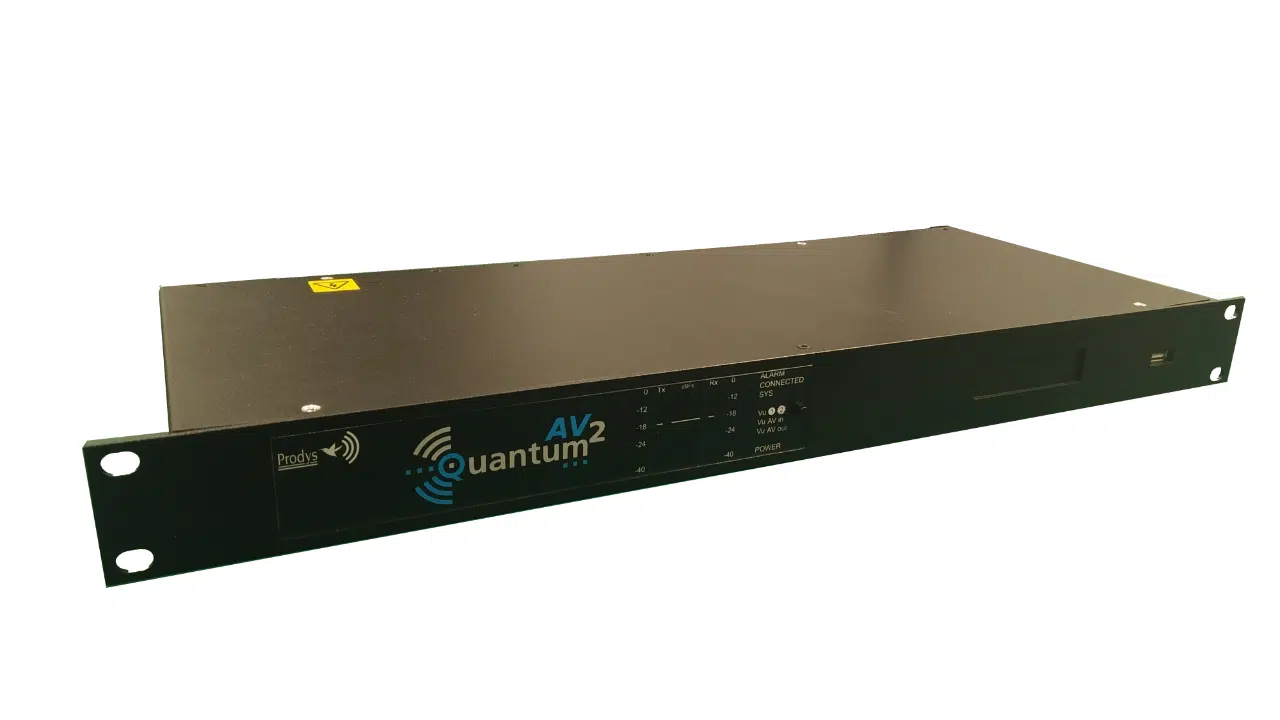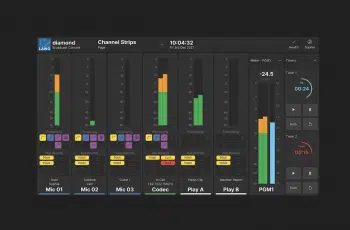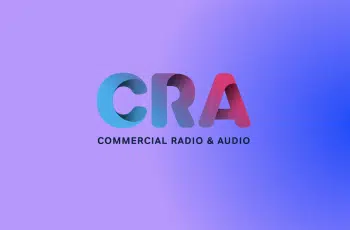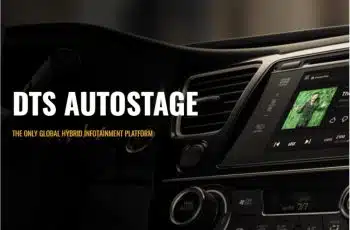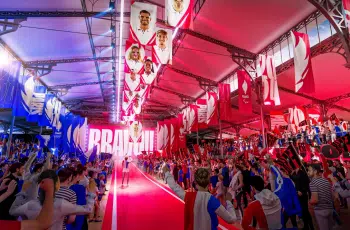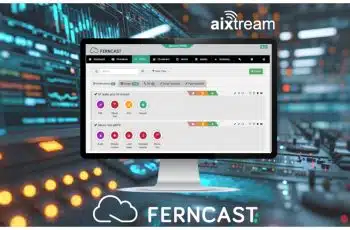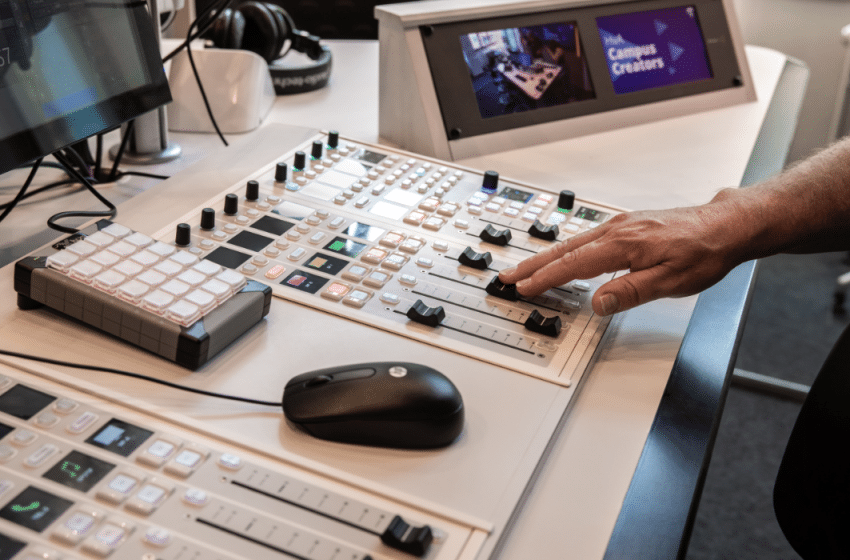
AMSTERDAM and KORTRIJK, Belgium — On Sept. 7 the Hogeschool van Amsterdam (Amsterdam University of Applied Sciences – HvA) inaugurated its “Beeldlab” site, comprising two TV studios and a state-of-the-art radio and audio studio. The studio setup is part of the university’s Communication and Creative Business (CO+CB) four-year bachelor’s degree; one of the country’s leading such programs, with some 4,000 students.
“The challenge while building Beeldlab was what skills should our students have four years from now. We needed to adapt trends in A/V and implement them to make the studio landscape futureproof,” said Mike van der Meulen, project leader and lecturer at Beeldlab.
The Beeldlab studios, located at the HvA’s Benno Premselahuis, consist of two radio studios, a podcast/vodcast studio, a news studio and two TV studios with control rooms and green screens, five edit rooms for audio and video with voice booths, an “immersive” image lab, two editorial rooms, a master control room, main equipment room and server room.
All4Media Productions B.V. entered the project in 2019 to build and integrate the studios. “The new studios were part of the HvA’s strategy to bring the CO+CB closer to today’s professional market, similar to those used by broadcasters like Radio 538, NOS or DPG,” explained Alexander Josiassen, CEO of All4Media Productions.
Based on the HvA’s project plan for the Beeldlab as a habitat for “story-based work,” Josiassen, in close collaboration with the university’s management, started designing the studios, drawing up plans and setting the budget planning. During the COVID-19 pandemic, he fine-tuned the design to digitize the complete technical infrastructure and switch to an IP backbone.
The challenge while building Beeldlab was what skills should our students have four years from now. We needed to adapt trends in A/V and implement them to make the studio landscape futureproof.
Mike van der Meulen, project leader and lecturer at Beeldlab
Translating educational and technical needs
All4Media Productions received the green light in November 2022 and started building the studios three months later. “The existing rooms were stripped and, together with HvA and our construction partners, we supervised working on the walls, ceilings, acoustics and electricals,” added Josiassen. Because HvA’s existing TV studio was already using Lawo equipment, Josiassen and HvA opted for the same brand in Beeldlab.
The Beeldlab installation consists of four Lawo Power Cores, five A_line AoIP nodes, three VisTool studios and 12 Lawo diamond series modular consoles in the radio and TV studios. A Lawo R LAY virtual patch bay completes the setup.
“It was essential that every studio had the same technical layout,” said Josiassen. “Lecturers and students must be able to use the equipment for radio and TV. This is where the Lawo presets are the perfect solution. Throughout the Beeldlab, we have identical user interfaces.”
“We wanted the studios to be foolproof and accessible,” explained van der Meulen. “After a training session, we want our students to press the button themselves and create a talk show, podcast or explainer video.”
The challenge for the studios was to serve the educational needs and translate them into A/V without becoming too technical for lecturers and students. “The key question,” Josiassen underlined, “was what are the technical requirements for a nontechnical user.”
For the radio studios, Josiassen opted for Lawo diamond series consoles and an M&I OmniPlayer Broadcast Services E3 playout system on a large display at the presenter position. The studios have Shure SM7 radio microphones and Neumann BCM 104s for the voice booths. A Symetrix Prism 4×4 Dante network voice processor serving up to four microphones now sits in each Beeldlab A/V studio. The studios are equipped with Orban Optimod 5500i local processing for the headset; Genelec 8030 monitor speakers complete each setup.
We wanted the studios to be foolproof and accessible. After a training session, we want our students to press the button themselves and create a talk show, podcast or explainer video.
Mike van der Meulen, project leader and lecturer at Beeldlab
The combination of V-Mix video streaming software and a M&I Omniveo video server, which matches video clips to audio, was implemented as an easy-to-operate system for video automation.
“The radio studio goes live on air and online with the Amsterdam city broadcaster Radio Salto 1 every weekday at noon with a two-hour show called ‘Campus Creators,’ where students can implement their theoretical knowledge,” added Josiassen.
“The Beeldlab studio audio and video signal is routed to the Salto control room using Vislink Mobile View Point audio and video codecs and aired on Salto’s FM frequency. The visual radio content is simultaneously aired on Salto TV.”
Looking back on the project, Josiassen said that integrating radio and TV, exchanging a wide variety of sources, and the simultaneous operation of the studios was quite a challenge. “This is a story of constantly being on the lookout for trends and anticipating on evolutions in the A/V professional world,” added van der Meulen.
Watch the Beeldlab video here.
Vives University studio
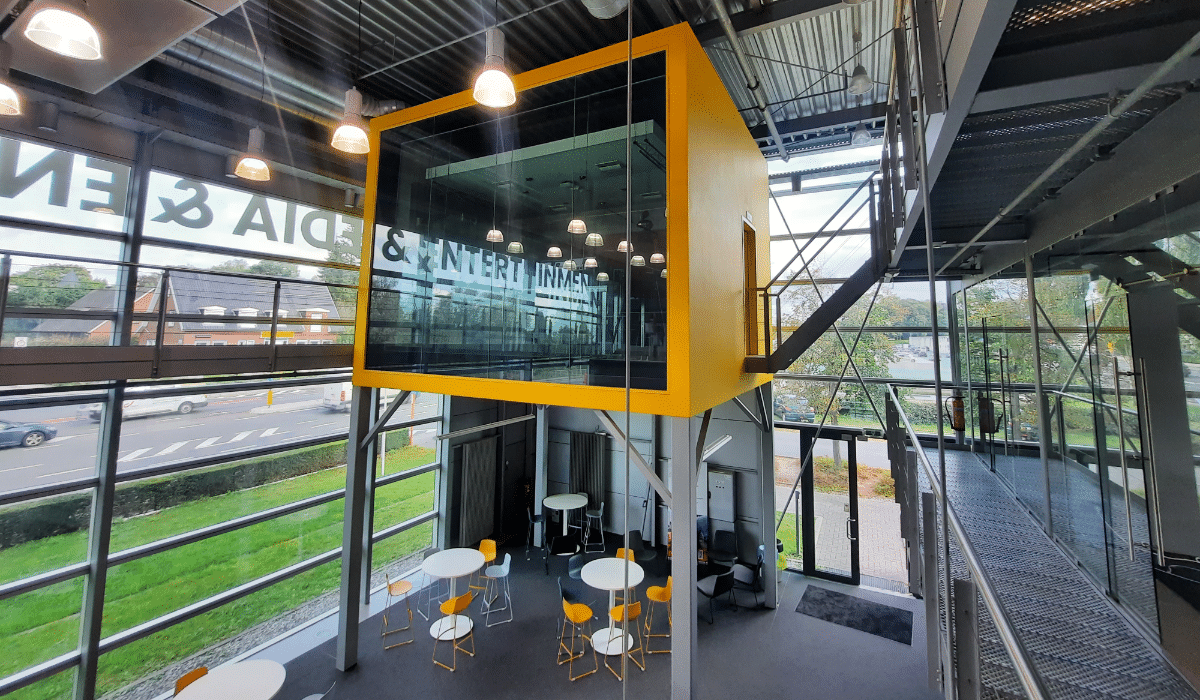
Meanwhile, in Belgium, the Vives University of Applied Sciences in Kortrijk opened a new fully-fledged radio studio in September to help its Media and Entertainment Business program meet the growing demand for media experts.
The three-year bachelor’s degree offers courses in crossmedia content, media concepts and how to implement media in marketing and communication strategies. Students now experiment in brand new studios where “content is king,” and storytelling is a common thread.
The university launched the course in 2022; this year, second-year students are learning how to move theory into practice. “Radio is a key element in making crossmedia content,” commented Sylvie Vanrenterghem, program coordinator and lecturer with the Media and Entertainment Business department at Vives. “The second year of the education focuses on both the content and technical side of making radio. Our students must learn to operate a playout system, correctly manage the automation or mixing tracks, develop a radio show format, and produce and present interesting radio content.”
Compact and modular
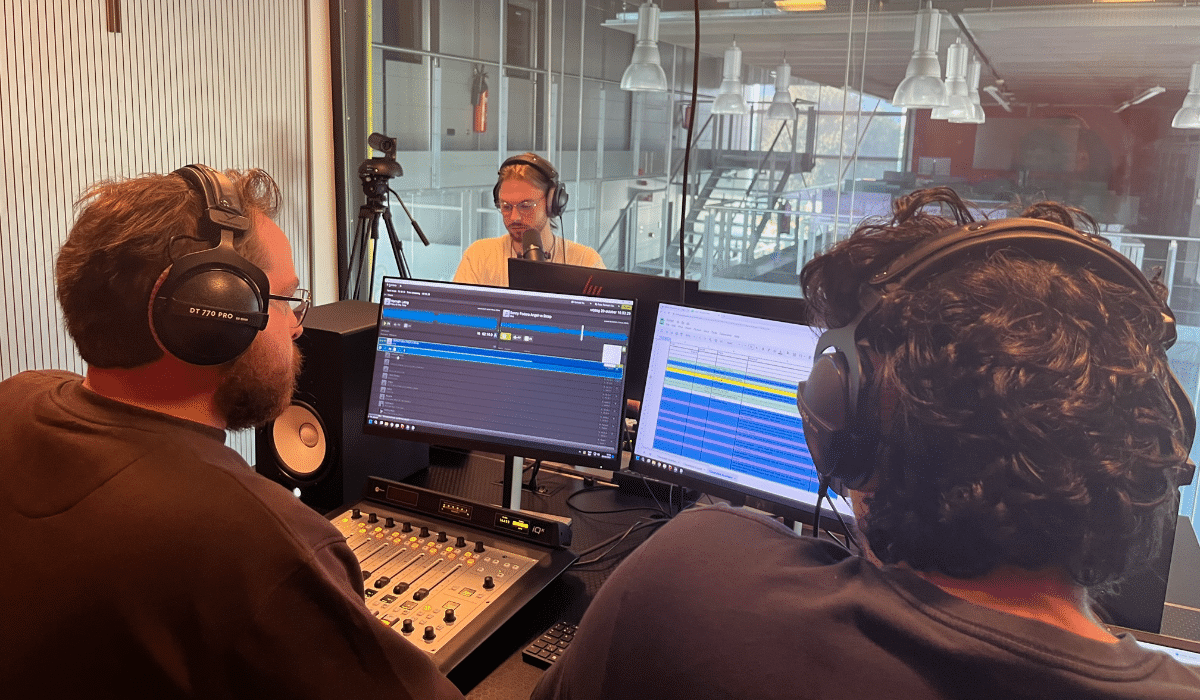
The Media and Entertainment campus is in the former VRT Radio 2 building in Kortrijk. “This wasn’t part of the plan, just a great coincidence,” enthused Vanrenterghem. “Radio 2 West Flanders moved to a renovated building in 2018, and the city of Kortrijk bought the former broadcast building. Vives concluded a rental agreement for the use of the building.” The on-air studios were turned into new studios, and the standard voice booths serve as podcast studios. The Vives radio station’s setup is Radio 2’s former on-air studio, in a glass cube on the first floor of the building.
TVV Sound Project took on the technical integration of the new radio studio. “The assignment was to build a mobile, compact and modular radio studio,” explained Joris Schiettecatte, project manager with TVV Sound Project. “The components had to be packable for broadcasts on location and training. In addition, the configuration had to include visual radio and software for playout and advertising scheduling.”
As part of their education, students must learn how to assemble and configure an on-air radio studio. For this purpose, all components are labeled with color codes and packed in flight cases with pictures of the contents. TVV developed custom-made patch panels with lasered component codes. “Setting up a radio studio should become child’s play,” continued Schiettecatte. “Students learn about the different components of the on-air setup.”
TVV supplied and installed a Telos Axia iQx console. “It is the latest version of the iQ,” explained Schiettecatte, “the heart of the fully digital studio, operating on AES67. We combined it with a Telos Alliance Microphone xNode interface, bringing four microphone sources to AES67 or Livewire. The xNode also has four balanced analog outputs for monitors and headphone amplifiers. An extra analog xNode with four stereo I/O connects an analog AeroAudio Bluetooth transceiver interface to be used as a bidirectional engine like a telephone hybrid.”
The configuration also includes Caliope playout and automation software, Shure SM7B microphones and Yamaha HS8 studio monitors. “Caliope is more than playout,” said Schiettecatte, “It’s a software package that virtually offers everything, from playout to planning, jingle pad and commercials player. Caliope is extremely user-friendly and familiar for the students with a less technical background.”
Alongside the radio setup, TVV installed a separate visual radio system consisting of two Aida PTZ-NDI3-X20B cameras and an Aida CCU-IP PTZ controller using Open Broadcaster Software OBS Studio. “We created custom scripts in OBS combined with triggers from Axia Pathfinder Core Pro to trigger specific scenes in OBS and make it possible that the visual radio can work fully automatically through things such as audio detection of the microphones, metadata of the playout system and status of the console,” added Schiettecatte. “For education purposes, we also have the option to operate the visual radio manually. Students can create their own shows with their custom backgrounds and visuals and have them triggered manually or automatically.”
“Personally, I think that creating radio not only develops your communication skills but also empowers you to speak about the things that you believe in,” concluded Vanrenterghem. “The radio studio, equipment, software and visual radio were configured in an interesting and futureproof way.”
The author is a veteran music and radio journalist. He began hosting a weekly program at a local radio station in 1980. He has worked for the Dutch-language national broadcaster VRT as a reporter and music programmer and as a freelance writer for various outlets including national press, industry publications and magazines.
Thirsty for more educational stories?
Amplifying cultural harmony at Kulturkvarteret Örebro


